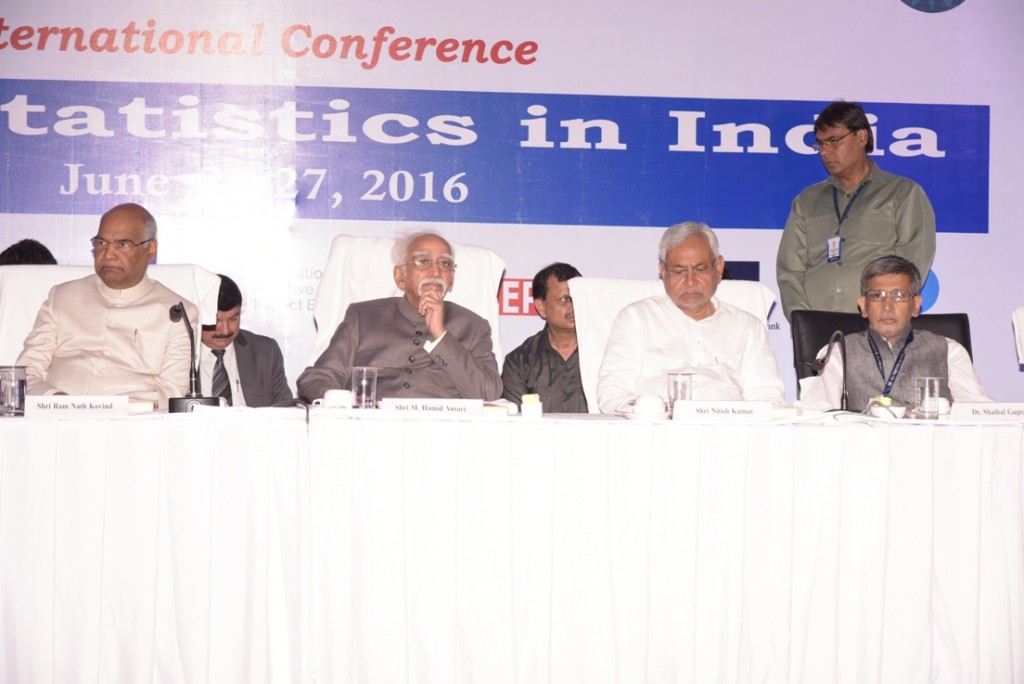Events of Adri society

June 24, 2016 - June 27, 2016
India is fortunate to have a statistical system that has a long history. ‘Statistical Abstract of British India’ was published as early as 1862, and the first population census was conducted in 1881. Several initiatives were taken thereafter, and when India became independent in 1947 it had a statistical system that was much more informative than those in other developing countries. Later, to strengthen state planning (the core of India’s development strategy then), the country’s statistical system was expanded and professionally strengthened through various steps. However, over the years, certain limitations of the system have increasingly become serious, thereby limiting not only its contributions to the decision-making in administration, but also its role as the most important source of data for research.
n important initiative in strengthening the existing statistical system in India was the creation of National Statistical Commission in 2006 with an expansive mandate– one of which is to ‘evolve measures for improving public trust in official statistics’. This issue of the lack of adequate trust in official statistics is particularly serious for social statistics that relates to the status and progress in human development in the country. The dissatisfaction arises from several angles. For one, the quality of data is sometimes unreliable, with the method of collection being improper. In the face of resource constraints or inadequate supervision, the field personnel sometimes replace observation with judgments to generate unreliable data. Secondly, social statistics are generally available at the national or state level butthe information on sub-state/district level is very limited. This stands in the way of analyzing intra-state variations in development, a wide phenomenon in many states of India. Finally, there have also recently emerged new areas whose link to development is substantial, but they do not fall within the country’s social statistics system parameterized long ago. The status of environment is one such area, as is focused data on gender disparities. Indeed, in the wake of an already visible information explosion and increasing role of knowledge capital in many societal actions, the ambit of social statistics needs to be extended further.
Unfortunately, opportunities where users and collectors of social statistics could discuss these limitations are very limited. The proposed conference is expected to create one such opportunity, where the participants would identify the limitations of social statistics in India, explore the sources of these limitations and, finally, suggest pathways to overcome them.